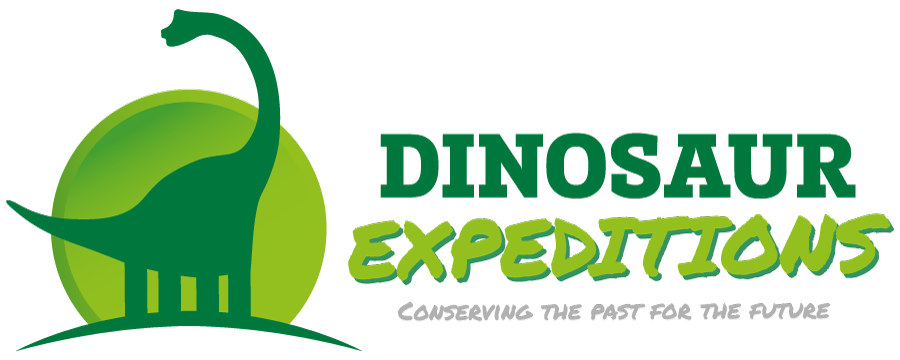
Royal Mail Stamp: Polacathus by John Sibbick
Introduction:
I have to confess I really like Polacanthus foxi. My infatuation started 20 years ago. I was a teenage volunteer at the Dinosaur Farm and in the intoxicating vapours from acetone (used to clean and repair the ‘Barnes High Sauropod’) on a warm sunny day, the volunteers were all deep in conversation about our favourite dinosaurs.
Now our ‘local’ dinosaurs weren’t the household names of A-list celebrity dinosaurs that trip off the tongue; T.rex, Triceratops, Stegosaurus, Diplodocus and even Velociraptor (newly elevated to cult status due to the success of the Jurassic Park movie). We had the old school dinosaurs of Iguanodon, Hypsilophodon, and Polacanthus and predators including a Theropod referred to as Megalosaurus (but identified as Neovenator in 1996), the fish-eating Baryonyx, and Aristosuchus, Calamosaurus, Calamospondylus, Ornithodesmus (later identified as the Pterosaur Istiodactylus in 2001) and Thecocoelurus (a number of assorted small Theropods known from a hand full of bones).
I honestly didn’t have a favourite. Sure I could repeat the well trod names of famous Theropods but I didn’t have an emotional response to these dinosaurs other than the ‘coolness’ associated with them. As wannabe palaeontologists we talked about what we wanted to specialise in when we ‘qualified’ with all the naivety that comes with [Imagination + Wishful Thinking = Talking Nonsense]. It seemed that everyone wanted to research Theropods. I realised that if I was going to become a Palaeontologist I would need to broaden my interest as very few Palaeontologists exclusively specialise in Theropods, there isn’t enough of them (never mind the lack of fossil bones due to their relative rarity) to go around!
So I thought about the options and in the end I realised that there wasn’t much interest in Polacanthus. It looked like a giant sheep with a shield over its hips, covered in spikes. It might not have the ‘coolness’ associated with Theropods, the sheer mass of a Sauropod or the relative abundance of the Ornithopods Iguanodon and Hypsilophodon but it held its own in the Wealden floodplain of the Lower Cretaceous 125 million years ago and deserved respect.
Over the next few years I had read everything written about it, visited the collections of Polacanthus material held in the bowels of the Natural History Museum in London (BMNH), the Museum of Isle of Wight Geology and even a privately owned specimen known as ‘Spike’. My infatuation was complete save for the fact I had never found a piece of Polacanthus on the beach.














